Photo essay: Changing world, changing work
Date: 28 February 2017

The world of work is changing fast, through innovation, increasing mobility and informality. But it needs to change faster to empower women, whose work has already driven many of the global gains in recent decades.
Women still predominantly occupy jobs that pay less and provide no benefits. They earn less than men, even as they shoulder the enormous—and economically essential—burden of unpaid care and domestic work.
Realizing women’s economic empowerment requires transformative change so that prosperity is equitably shared and no one is left behind. The international community has made this commitment in the 2030 Agenda for Sustainable Development.
Every woman should enjoy her right to decent work. As a global champion for gender equality and women’s empowerment, UN Women asks: What do we need to get there?
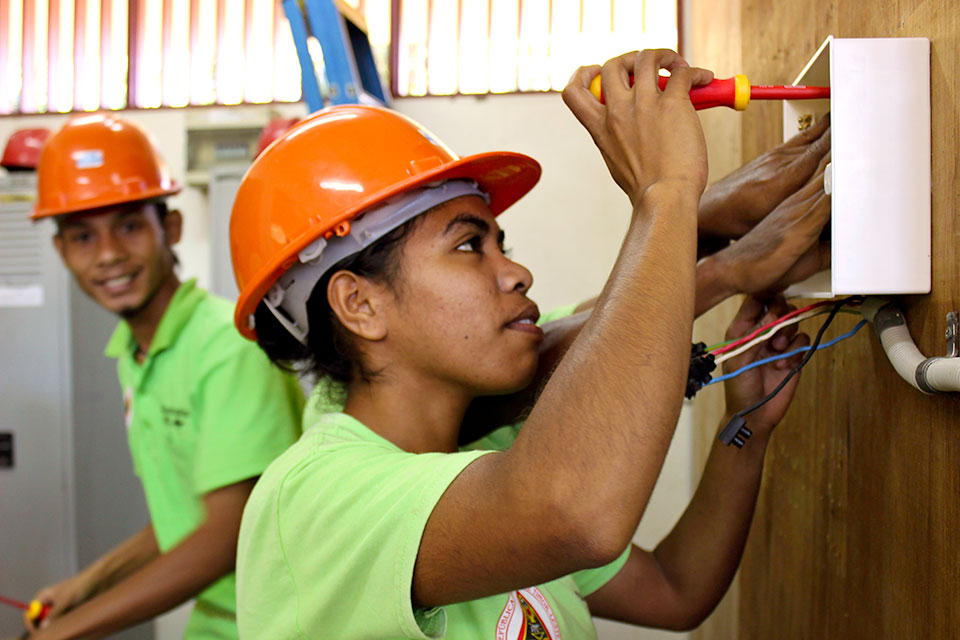
EQUAL PAY FOR WOMEN
It doesn’t matter where they work or what they do. Women globally are paid less than men for the same work.
Why does the gender pay gap persist? In many countries, disparities in education have begun to close. But that’s not enough to knock down gender-based discrimination in the world of work. It keeps women out of some jobs and segregates them into others—often the lowest paying ones.
Many constraints stem from balancing paid work and family responsibilities. Inflexible working hours and limited parental leave are among the factors forcing women into part-time employment or even out of the workforce for long stretches. Some countries still mandate women to retire earlier than men.
What can we do? Call for passing and enforcing laws and regulations upholding the principle of equal pay for work of equal value. Ensure that businesses do their part to close the gender pay gap.
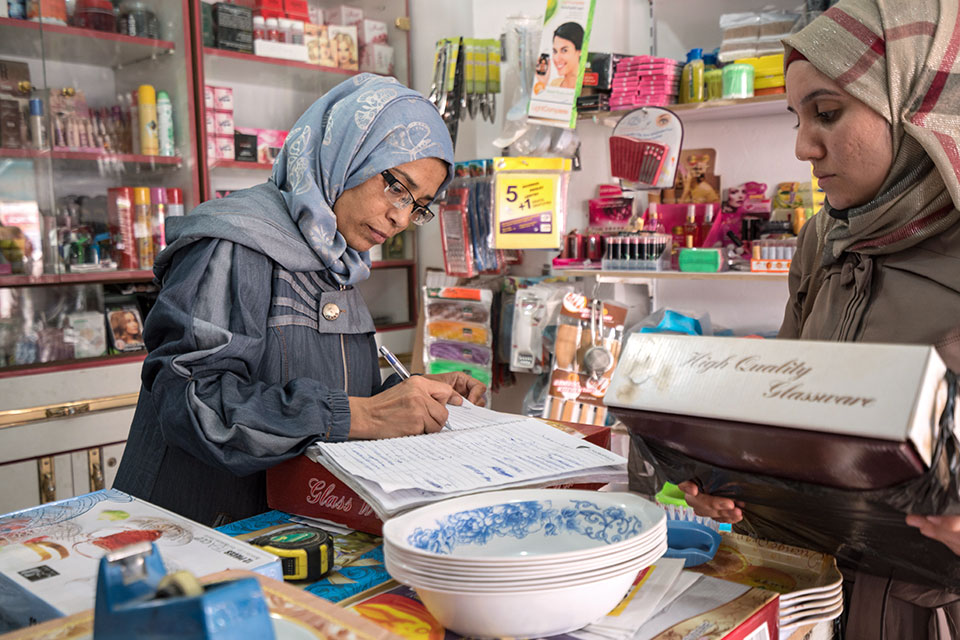
CLOSE THE PARTICIPATION GAP
Record numbers of women are being paid for work. But labour force participation rates lag those of men.
Three-quarters of working-age men are in the labour force, compared to half of women, and in some regions, young women are unemployed at much higher rates than young men.
These gaps suggest that not all women who want to work can do so. Some are discouraged by gender bias. Others find no way of surmounting barriers, such as the lack of parental leave, and child and dependent care. Whatever the cause, women have a right to participate equally. The economics are compelling too—a potential boost of 28 trillion USD to global annual GDP by 2025.
What can we do? Enact paid parental leave and flexible work policies, provide child care, and encourage public and private employers to aim for gender parity at all levels of hiring.

SHARE UNPAID CARE!
Women make a huge economic contribution that fills gaps in services. Why is it unshared and uncounted?
Cooking, cleaning, caring for children and the elderly—economies depend on such work, valued at between 10 and 39 per cent of GDP. It can contribute more to an economy than manufacturing or commerce.
Unpaid care and domestic work fills gaps in public services and infrastructure—and are largely provided by women. That’s
an unfair burden and an unfair barrier to equal labour force participation and pay. Reducing these requires shifting norms around who does this work, and investing in decent, paid work in the care economy.
What can we do? Pass policies that reduce and redistribute unpaid work, such as through more paid jobs in the care economy, and encourage men to share care and domestic work. Invest in systems to provide water, electricity, transportation and other essentials that reduce household labour.
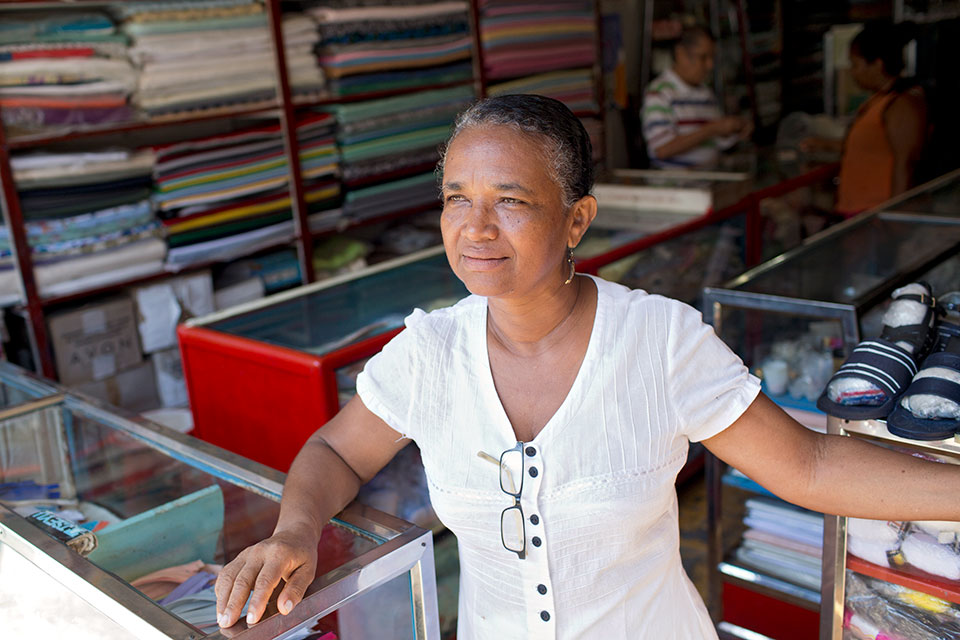
FOR EVERY WOMAN: DECENT WORK
Far too many women labour in informal work with little pay or protection of their rights.
Gender discrimination unfairly concentrates women in jobs as street vendors, domestic workers and subsistence farmers, among other informal occupations. For women with few skills or knowledge of their rights, or who have migrated to another country, informal jobs may be the only option to earn a living.
Informal employment typically is poorly paid. Falling outside the reach of labour laws, it can be unsafe and bereft of social benefits, such as pensions, sick pay and health insurance. Globally, 57 per cent of domestic workers have no limitations on their working hours.
What can we do? Extend social protection and minimum living wages, promote the transition to formal employment in line with ILO Recommendation No. 204, and ratify ILO Convention 189 on Domestic Workers.
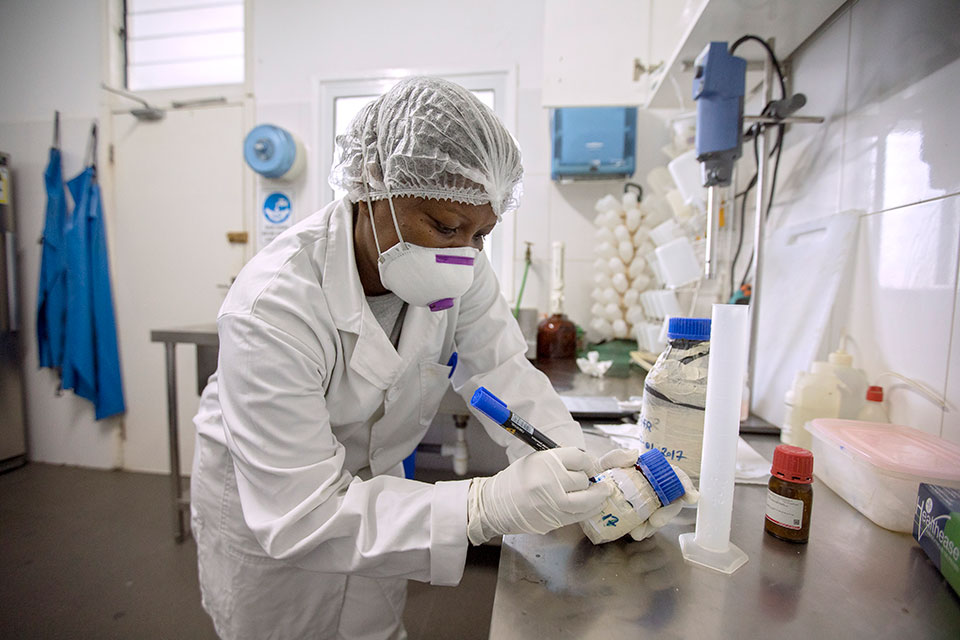
ANY JOB IS A WOMAN’S JOB
Work is rapidly transforming. Ending occupational segregation must be part of the shift.
Technology and the greening of economies provide new opportunities for women in the world of work. But gaps need to be closed, with women over-represented in lower-paid jobs and under-represented in leadership positions, and in science and technology. Half the global working population is in the service sector, dominated by women; their share reaches as high as 77 per cent in East Asia.
Gender barriers in work are embedded in discriminatory laws, social norms and policies. Trade policies may take advantage of a cheap female workforce, for instance. Fiscal policy may limit spending on services that could help women better balance work and family.
What can we do? Take urgent policy action to eliminate barriers that discriminate against women workers. Provide education and training for women that open opportunities for women in the changing world of work.
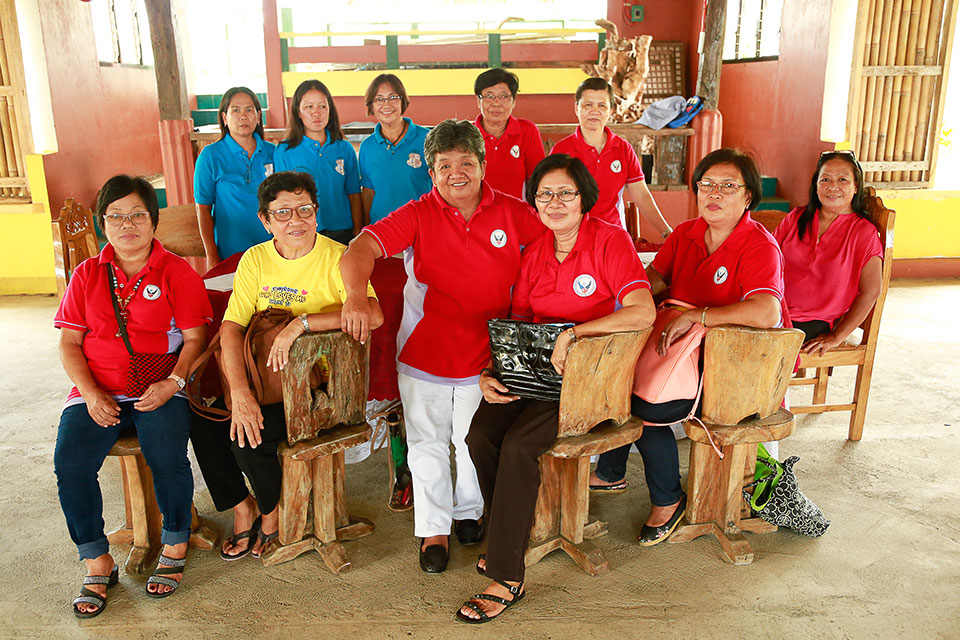
ORGANIZING: IT’S A WOMAN’S RIGHT
The nature of women’s work often keeps them outside the reach of labour organizing and union protections.
Women’s ability to organize in workplaces and communities is indispensable for upholding labour rights. Women’s collective voice is a pathway to ensuring decent work, and to influencing public policy priorities. In trade unions, women members have driven achievements in organizing and collective bargaining, including among highly vulnerable groups such as domestic workers.
Yet many barriers remain to the right to organize, including repressive laws. Women working part-time or isolated in homes may have fewer opportunities to learn about, form or join protective networks, self-help groups or organizations such as unions.
What can we do? Aim for gender parity in decision-making positions in trade unions, worker and employer organizations and corporate boards. Urge governments, employers and organized workers to jointly promote the human and labour rights of all women workers.
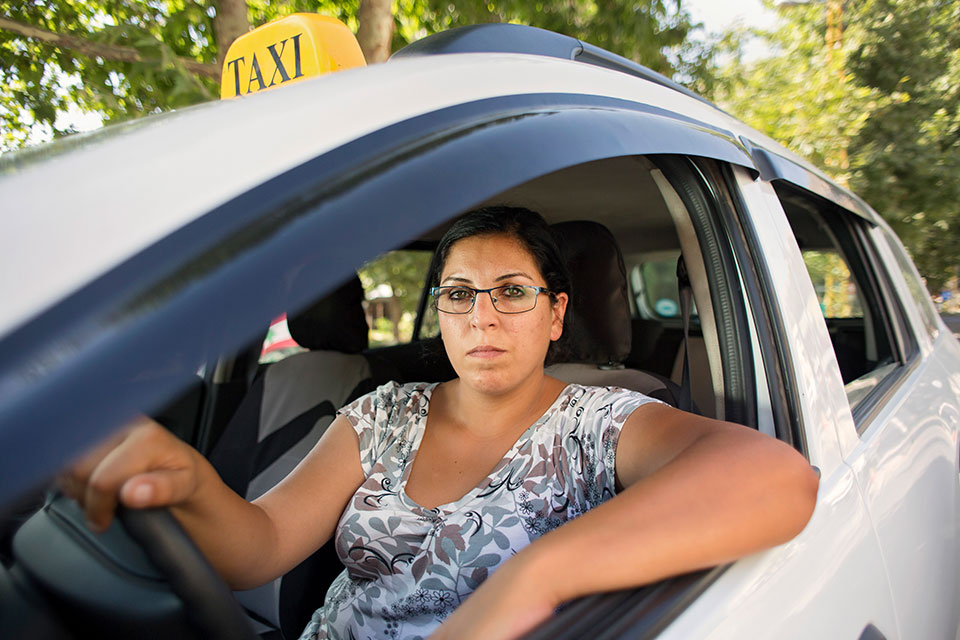
STOP HARASSMENT AT WORK!
Violence against women is a violation of their rights. In the workplace, it imposes high costs.
Going to work presents risks of violence and harassment for women across all ages, incomes and job types. A boss may link advancement to sexual favours. A taxi cab might become a source of income and a risk for rape.
The consequences are many. Damages to physical and mental health can lead to absenteeism, lower earnings and job loss. Women may feel unfairly constricted in their choice of employment or freedom of movement.
What can we do? Enact and implement laws and policies to criminalize all forms of workplace harassment and gender-based violence. Work with unions, employers and advocates for informal workers so all women know their rights and can seek redress for violations.

EQUALITY IN LAWS AND BENEFITS
Discriminatory legal provisions and social protection gaps increase the chance that women will live in poverty.
Only 67 countries have laws against gender discrimination in hiring practices, while at least 155 have one or more gender-based legal restrictions on women’s employment and entrepreneurship. Discriminatory laws and inadequate legal protection compound gender inequalities and disempower women workers.
Women also lack social protection benefits—they are over- represented among the 73 per cent of people with only partial or no access to pensions, unemployment compensation and even health insurance. This renders them more vulnerable to poverty—on top of earning less than men.
What can we do? Remove all discriminatory labour legislation in line with CEDAW. Enact well-designed social protection schemes that reduce poverty and reach all women, including those who are working, retired or providing unpaid care.

ECONOMIES THAT WORK FOR WOMEN WORK FOR ALL
The future envisioned for humanity and our shared planet, across all of the 17 Sustainable Development Goals, rests on fully freeing women’s power and potential. It is time to act on the high ambitions of the 2030 Agenda and guarantee that every woman can thrive and contribute, including through decent, dignified work.